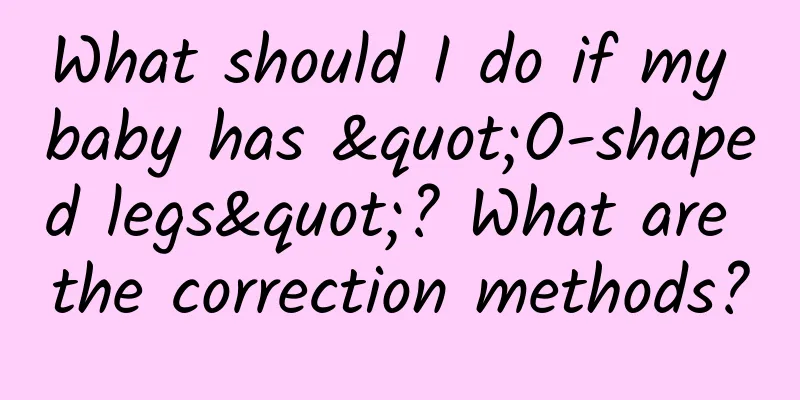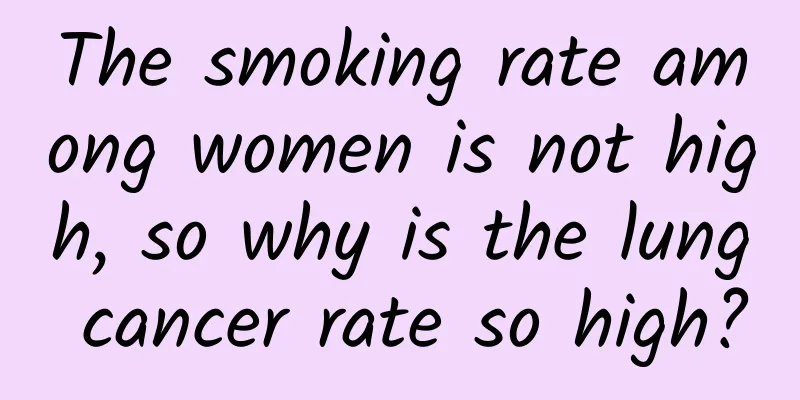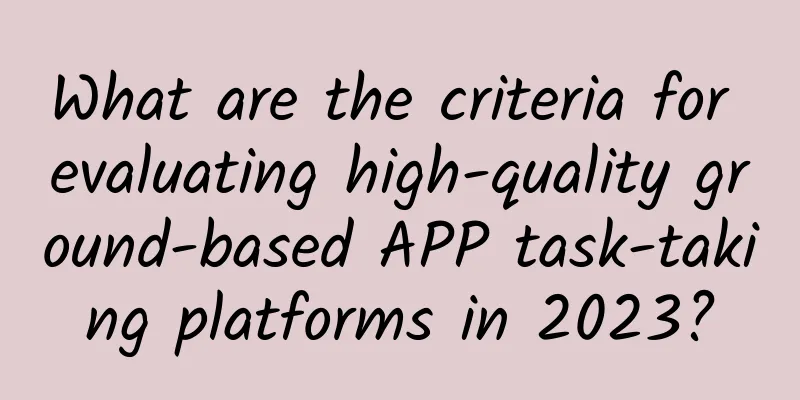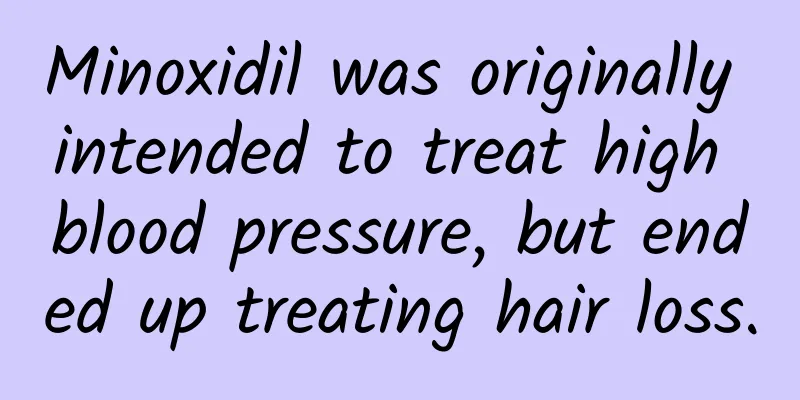What should I do if my baby has "O-shaped legs"? What are the correction methods?

|
Author: Zhang Zhihai, Chief Physician, Guang'anmen Hospital, China Academy of Chinese Medical Sciences Reviewer: Liang Zhen, Chief Physician, Peking University Cancer Hospital In life, bow legs (knee varum) is a common phenomenon, and most of them occur in young children. Children are in the growth and development stage. They have a growth plate (epiphyseal plate) that can continue to develop. During the development of the growth plate, if for some reason the growth of the two sides of the legs is unbalanced and the outside develops faster than the inside, O-legs will appear. If it is discovered early, early intervention is given, effective measures are taken to eliminate the influencing factors, and the growth speed of the inside catches up with the outside, this situation can be corrected. 1. At what age should a baby’s O-shaped legs be corrected? In childhood, especially in infancy, newborns, and toddlers, many babies have O-shaped legs. At this stage, the child's lower limb force line has not yet fully developed, which is a normal physiological phenomenon. Generally speaking, if children under one and a half years old have mild, not very serious, symmetrical entropion, it will gradually become straight as they grow and develop. This is a common phenomenon. After the age of two, the knee varus will gradually ease and become straight, and there may even be a certain degree of knee valgum. In fact, there is no need to worry too much. During the growth and development of children, some children will develop from a mild knee valgum to a relatively straight knee joint from the age of two and a half to four years old, or around four and a half years old. Generally speaking, when children are four to four and a half years old, the force lines of their lower limbs will take shape. If your child still has obvious knee valgus or genu varum deformity after the age of four, you should be careful and go to the hospital for treatment in time. Or if one leg is straight and the other is bent, whether it is valgus or genu varum, you should also be vigilant. Figure 1 Original copyright image, no permission to reprint 2. What are the intervention methods for babies’ O-shaped legs? If it is physiological genu varum and not very serious, we need to pay attention to his lifestyle and observe whether there are factors that are not conducive to bone development. For example, the incidence of genu varum is higher in Orientals than in Westerners, especially in Japan and South Korea. The reason may be related to their living habits, especially their sitting posture. In their daily life, Japanese and Koreans may be accustomed to kneeling or sitting cross-legged, and have been doing so since childhood. In childhood, sitting cross-legged too much will cause uneven force on the knee joint, which will have a certain impact on the development of the cartilage and epiphysis of the knee joint to a certain extent. In this case, physiological inversion may occur. If these phenomena are found in life, early intervention can be carried out, such as telling children to pay attention to adjusting their postures and avoiding certain actions. For more obvious O-shaped legs, it is necessary to try some conservative treatment methods, such as braces and splints. Generally speaking, physical treatment has a certain effect on children who still have growth and development potential. However, for children whose growth and development have stopped, these conservative treatment methods are often ineffective. In addition, for children with more serious knee deformities, we need to be alert to a disease called Blount, which can cause more serious genu varum. If it can be detected early and actively intervened, some children can be relieved of their condition with a brace. The working principle of the brace is to effectively relieve the pressure on the inside of the knee joint through three-point contact pressure, improve the mechanical environment of the medial growth plate, and allow the medial epiphysis to grow in a good environment, so that some children can get better correction results. For some patients who have undergone conservative treatment and close follow-up observation, and have changed their bad living habits, such as bad sitting posture, and used braces, but their inversion cannot be corrected or even progressively worsens, we need to be alert to the possibility of other diseases, such as epiphyseal abnormalities secondary to infections, tumors, etc. 3. What should I do if my baby’s bow legs are caused by infection or tumor? In this case, we must first actively treat the primary disease, and then see if there is any secondary permanent impact on the epiphysis. If it has already caused a certain impact on the epiphysis, how should we deal with it? If the child is not too old and is still in the growth and development stage, for example, he is less than ten or twelve years old and has great growth potential, if there is obvious inversion, some less invasive surgery can be performed to slow down or stop the growth of the epiphysis on one side so that the development speed of the other side can catch up. For example, the 8-shaped steel plate is a temporary epiphysis block. What does temporary mean? It means placing two small screws of the 8-shaped steel plate on both sides of the epiphysis to block the growth of the epiphysis. This blocking effect is reversible and temporary. After the valgus and valgus conditions are corrected, we can remove the steel plate. It still has room for growth and development, and the epiphysis on the closed side can continue to grow. Figure 2 Original copyright image, no permission to reprint Another type is permanent epiphyseal block, which is to close the epiphyseal plate directly, which can also correct less severe varus deformity to a certain extent. For some very serious O-legs, for example, due to tumors, infections, etc., the medial epiphysis has been completely destroyed and has no growth ability, but the lateral epiphyseal plate is still growing. At this time, we may consider doing some permanent epiphyseal block, and sometimes some osteotomy surgery may be needed for correction. Because at this time, if the abnormal stress state continues, it will have a secondary impact on the growth of the epiphysis in other parts. Therefore, for some more serious deformities, accompanied by the closure of the epiphyseal growth plate, osteotomy surgery can be used to straighten the legs in childhood. At this point, you may wonder, if the growth plate of one knee joint is damaged, then won't the two legs be unequal in length after maturity? Well, if the growth plate is affected, this unequal length of the two lower limbs may be an inevitable result. However, there are still some ways to correct the unequal length problem after adulthood, such as through bone lengthening surgery. For some patients with severe bow legs, if early intervention is not carried out, other adjacent joints will develop other compensatory deformities. So in comparison, weighing the pros and cons, a slightly shorter but straight leg will have less impact on the child than a short and bent leg. |
<<: 2023 Medical Science Popularization - Uterine Fibroids
Recommend
40-day gestational sac size difference between men and women
Many female friends want to determine the gender ...
What is the cause of the brown and fishy smell of vaginal discharge?
For female friends, if their bodies are in health...
Rice water can replace breast milk and formula? Don't believe it!
“Can rice water replace breast milk and formula w...
How many months does the fetal brain develop?
We all know that a baby is formed from the develo...
What causes urethral pain in women?
When there is a problem with the urethra, you sho...
What to do if you have difficulty with menstruation
Women are more concerned about menstrual problems...
I feel my period but it's not coming
Every woman hates the physiological phenomenon of...
Pain below the chest
As we all know, disease prevention is something t...
What does the nine-valent vaccine mean?
The health of female friends is very important, e...
How should women supplement iron deficiency anemia?
For all women, the quality of their complexion in...
How to reduce belly fat after childbirth
Being a mother is a very happy thing. Having a ba...
Why can't an electric car move when it has power? How can I fix it when an electric car stops moving but has power?
Electric cars are a means of transportation for m...
Can I inject hyaluronic acid during menstruation?
In order to make themselves more perfect, many wo...
How much does a total mastectomy cost?
Breast cancer is a malignant tumor that poses a s...
Wang Lixiang: Add one year to your life in five years, and the "three powers" will extend your life
Recently, the General Office of the State Council...









